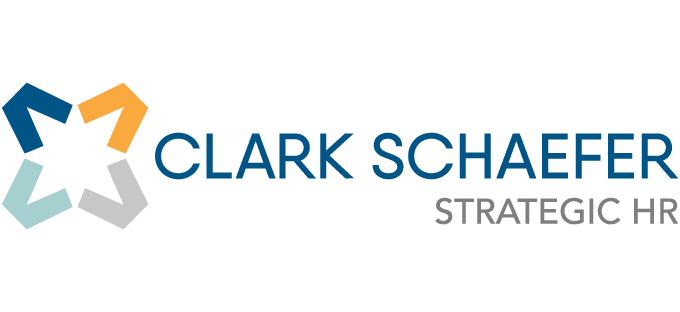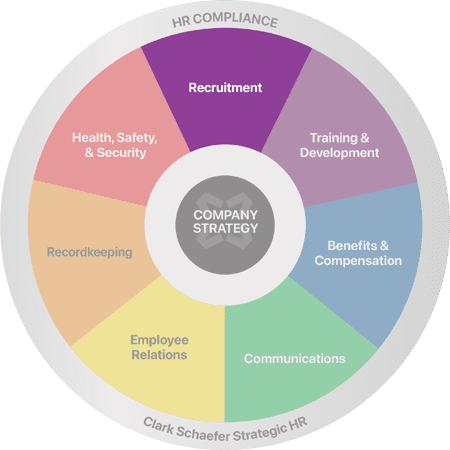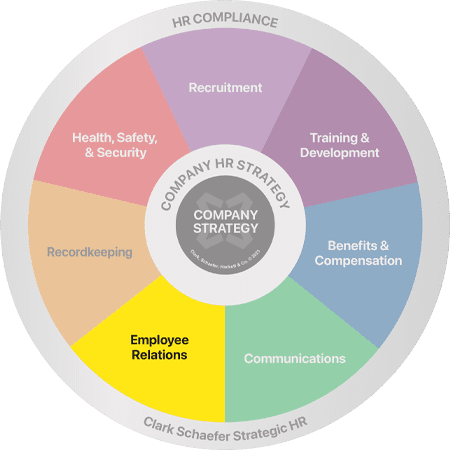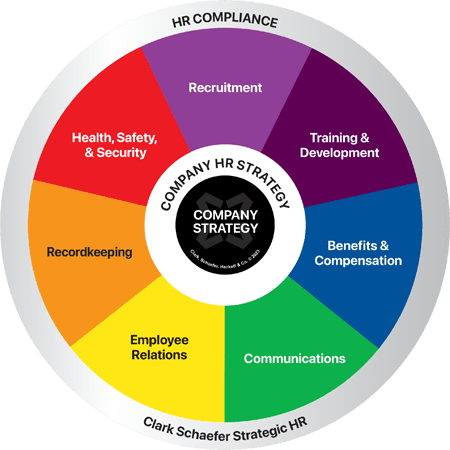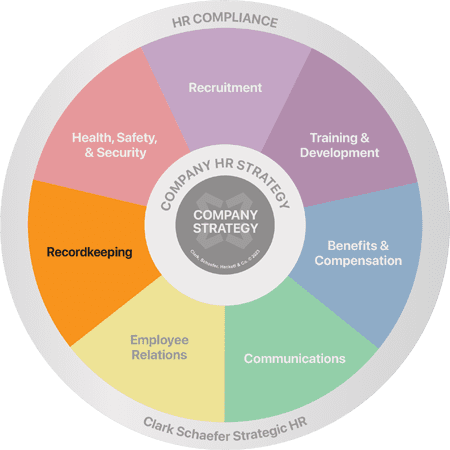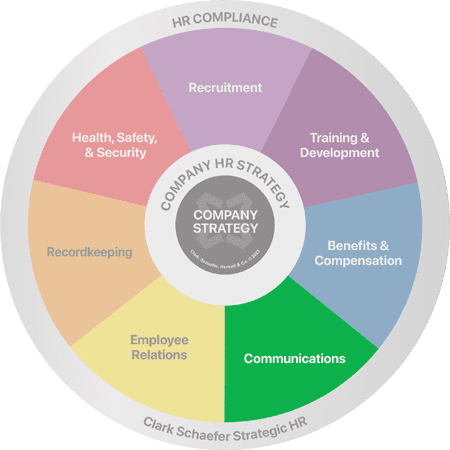Hiring Tips: How to Prevent a Bad Hire
Last Updated on April 29, 2025 / HR Strategy, Recruitment, Training & Development

HR Question:
I know the cost of a bad hiring decision can be very expensive. What can I do to prevent a bad hire and make sure I select the best candidate into my organization?
HR Answer:
The best way to prevent a bad hire and avoid the resulting excessive costs is to thoughtfully consider your approach to hiring and refine the process. Much of the work on the front end will save you time and ensure the best possible hire. Here are some strategies to use to help avoid this type of misstep.
1. Job Posting Transparency
Assure the job posting is a realistic preview of the job and applicant questions are aligned with the role.
- Exit interview – To begin an effective recruiting process, start with the departing team member. Depending upon the circumstances of the departure, it can be helpful to understand why the current incumbent is leaving. Are there frustrations with the duties, equipment, or leadership that should be addressed before someone new is brought in? Here are some ideas of questions to ask in an exit interview.
- Clearly define job roles – Avoid vague job descriptions and focus on specific skills and expectations so nothing is left to interpretation. Make sure the job you are hiring for is a realistic preview of the job and its expectations. Many times employers post duties from an old job description only to learn half of the activities are no longer part of the role.
2. Engage In a Thorough Candidate Screening Process
Once you have selected candidate(s) that you feel are a great fit, conduct additional assessments to assure they are a fit culturally.
- Perform reference and background checks – Verify past performance and look for patterns in work history. For example, did they have a good relationship with their peers? Were they coachable and able to work as a team? How does the reference describe their job and contributions to the company?
- Determine cultural fit – Define your company’s values and ensure candidates align beyond technical ability. Ask tough questions to get to the core of their beliefs to assure you are aligned.
3. Utilize Standardized Interviews and Skills Assessments
- Standardize interview questions – Use a structured approach to assess candidates objectively leading to more long-term hires. Consider behavior-based questions to learn more about how the candidate handles a variety of situations. You may also want to include a variety of questions for use. Also, consider using more than one person to interview candidates to assure you get the full picture of their experience. Here’s our advice on how to effectively use panel interviews in your process.
- Conduct skills assessments – Evaluate technical and soft skills before making a hiring decision as they can impact team dynamics, productivity, and company culture, making course correction more complex and costly. Effective use of assessments can provide information you may not easily obtain during an interview. Whether it is their Excel skills or how they handle conflict, assessments can identify strengths and gaps in an individual’s skills. See our article linked here on additional tips for an effective recruiting process.
4. Implement a Strong Onboarding Process
Set clear expectations from day one – Provide new hires with clear discussion and sharing of detailed goals, expectations, and metrics for success, including timelines, leaving no room for ambiguity.
- Offer structured training and support – Ensure new employees have the resources needed to succeed early on so they can meet the set expectations. Remind them that their success is your success, and you’re there to support them on their journey.
- Ongoing support – Remember, onboarding is not one day or one week but rather a process that continues through the first six months to one year of a new hire’s employment.
Strong onboarding programs can improve new hire retention and productivity in organizations. According to Gallup analytics, one in five employees either report that their most recent onboarding was poor — or that they received no onboarding at all.
A poor hiring decision can waste time and money, making the selection process more crucial than ever. By improving hiring processes, screening more thoroughly, and setting clear expectations, businesses can limit hiring mishaps and build stronger, more productive teams that align with company goals and values. Taking the time to hire right the first time saves money, protects team morale, and positions your organization for long-term success.
Thank you to Patti Dunham, Director Business Strategy and Quality and Aubrey Ritchie, Content Marketing Specialist for contributing to this article.
Do you need recruiting help? Our Outsourced Recruitment Services may be the perfect solution. We’ll manage the full process or support just where you need it for one or all of your positions. Plus, we offer flexible pricing options including retained, contingency, and hourly rates! Call Clark Schaefer Strategic HR today at (513) 697-9855 or email us for a free recruiting consultation.
